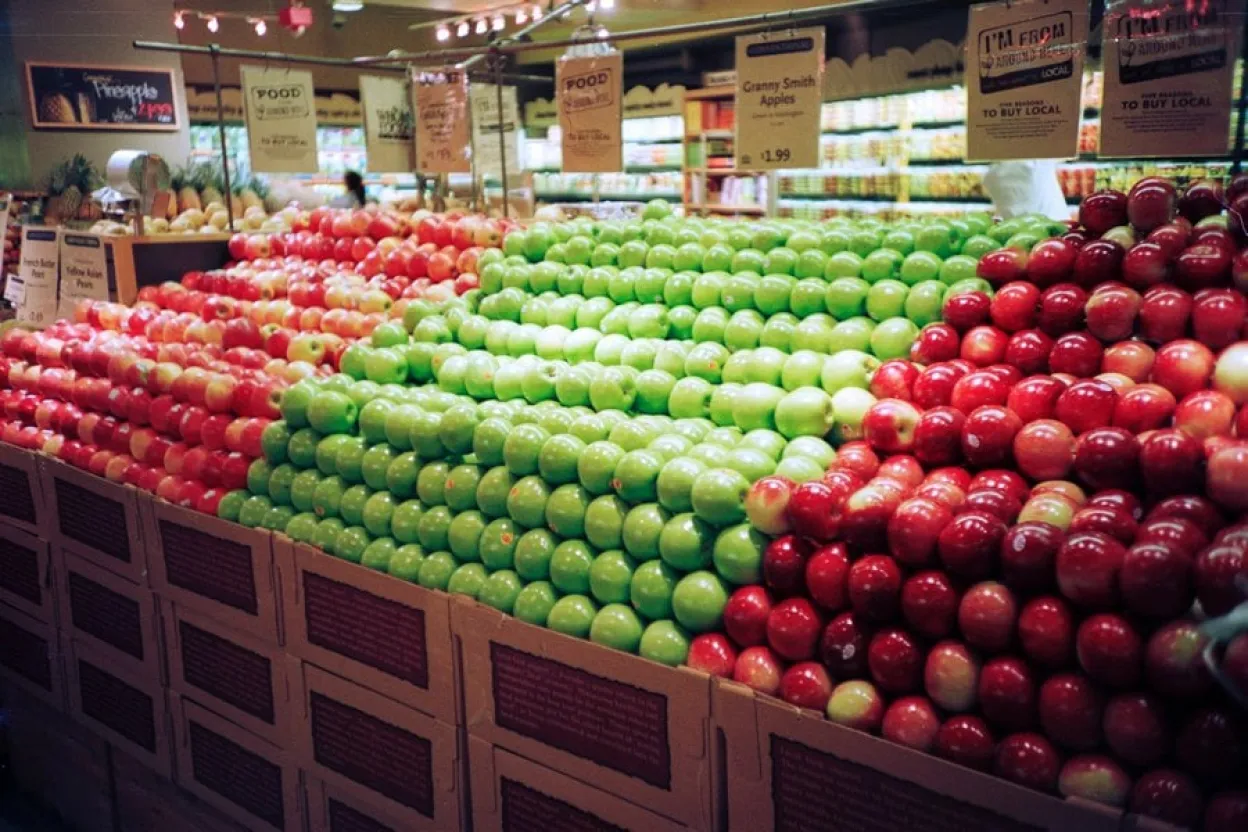The COVID-19 pandemic has changed the way we live and do business. Rather than going to grocery stores in person to buy our weekly produce, many of us have rushed to eCommerce sites to book time for delivery or curbside pickup. According to the Food Retailing Industry report from FMI, food retailers saw their online sales jump more than 300% on an average in the first few months of the pandemic. The post-COVID world will still see consumers opting for delivery and curbside pickup options when they purchase their groceries online. What many grocers may not realize that they are leaving money on the table with these card-not-present (CNP) transactions. This is where the difference between card-present (CP) and CNP transactions comes into play.
A CP transaction occurs when both the cardholder and the payment card are physically present in front of the merchant. A CNP transaction, on the other hand, occurs when neither the cardholder nor the payment card is present. These transactions either take place online or over the phone. CP transactions provide many benefits to grocers as they prepare for the post-COVID world.
1. Cost Savings
In a typical CP transaction, the issuer charges a lower per-transaction fee to the merchant as compared to a CNP transaction. While these fees are small and may seem insignificant, once they are multiplied with thousands of transactions over weeks and months, the overall cost can go up significantly. With the right payment technology, grocers can accept CP payments even in delivery and curbside use cases where typically they are made online.
2. Mobile POS for Delivery and Curbside
Grocers can maximize their ability to accept CP transactions with mobile POS solutions or mobile smart terminals during delivery and curbside pickup use cases. Mobile POS solutions are a great way to bring secure payment acceptance to the point of service. It also allows consumers to add anything else to their order as they checkout.
3. Unite In-Store with eCommerce
Another way grocers can take advantage of CP transactions is in the case of click and collect. Merchants can authorize payment online during the order and complete the CP transaction in person when the shopper picks up their groceries curbside or in-store. Beyond the cost savings, this strategy adds opportunity for the merchants to further engage with the shopper in person at the point of service.
Future of Grocery is Hybrid
The pandemic will go away but many of these consumer trends will remain. Online shopping for groceries is likely to stay at a high level with delivery and curbside pickup. Grocers need to think about how they can best optimize their costs while keeping their customers happy and accepting CP transactions with mobile POS could be a great way for them to do so.
If you are looking to improve your grocery strategy to maximize your payment technology investment and better serve your customers, get in touch with us.
Tim Reidy is a Sales Executive - Retail Channel at Ingenico











